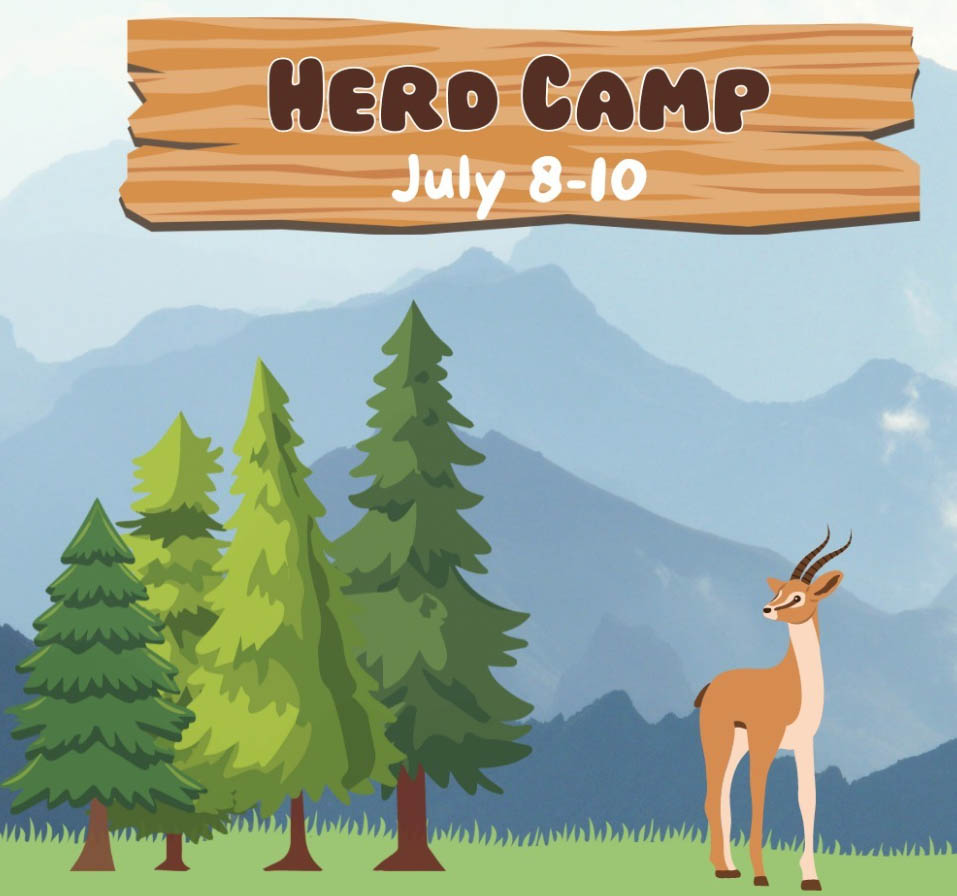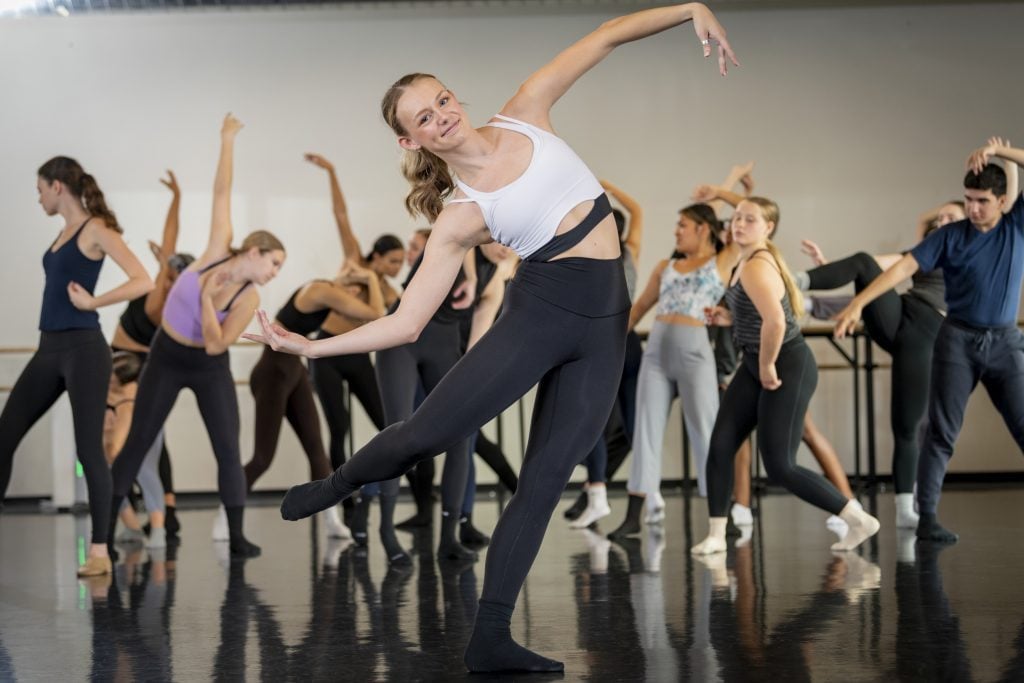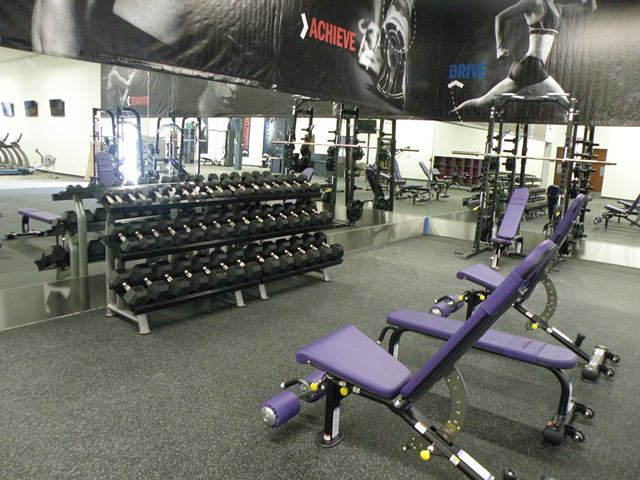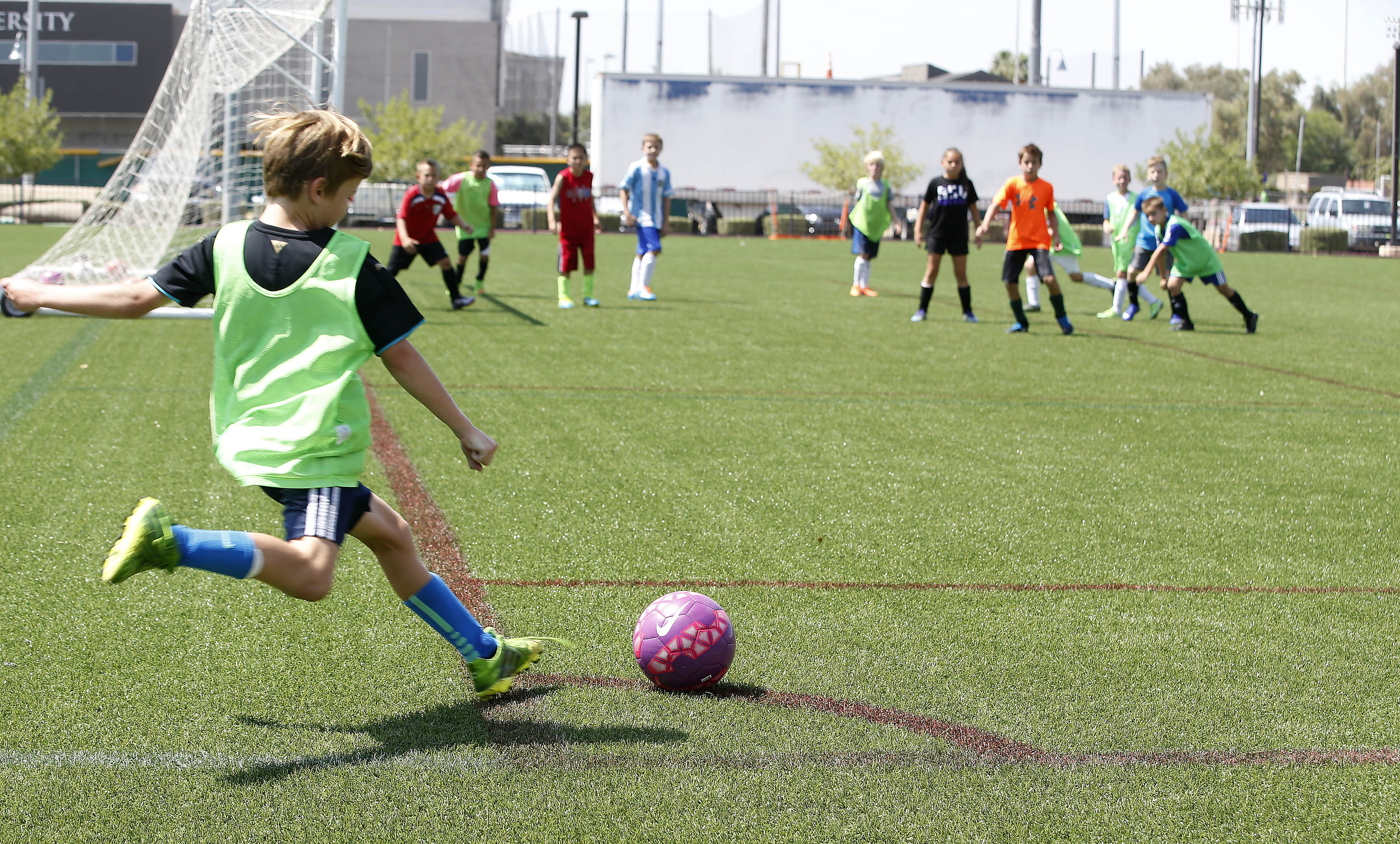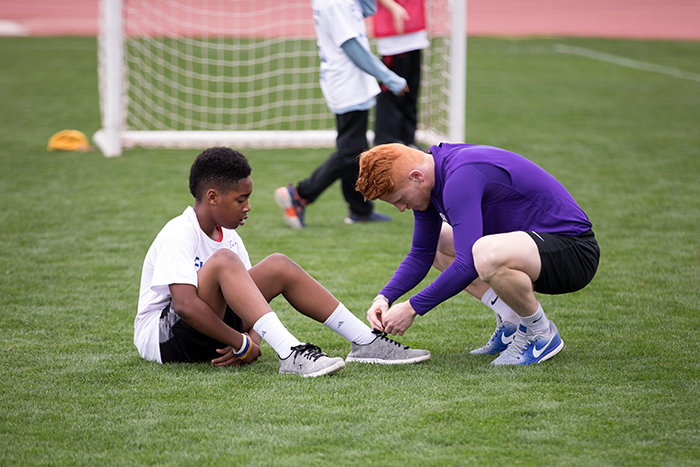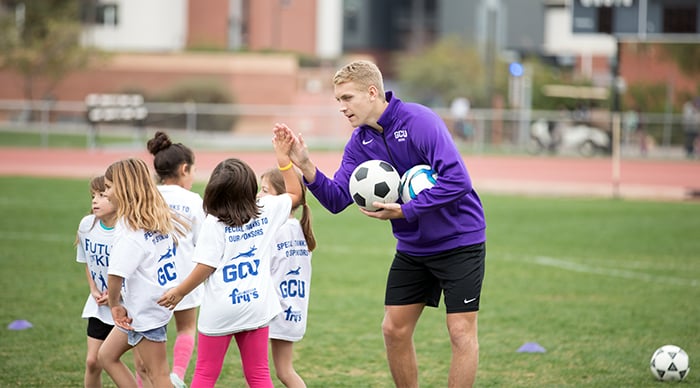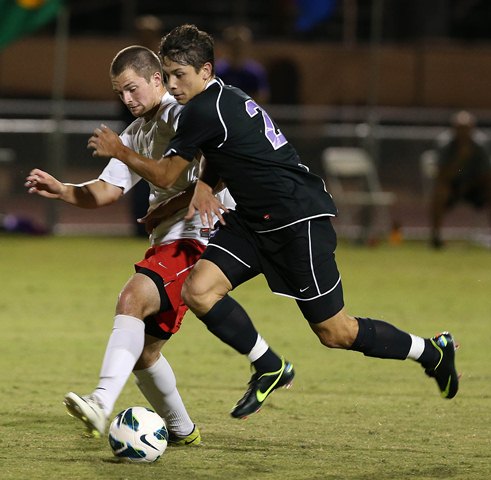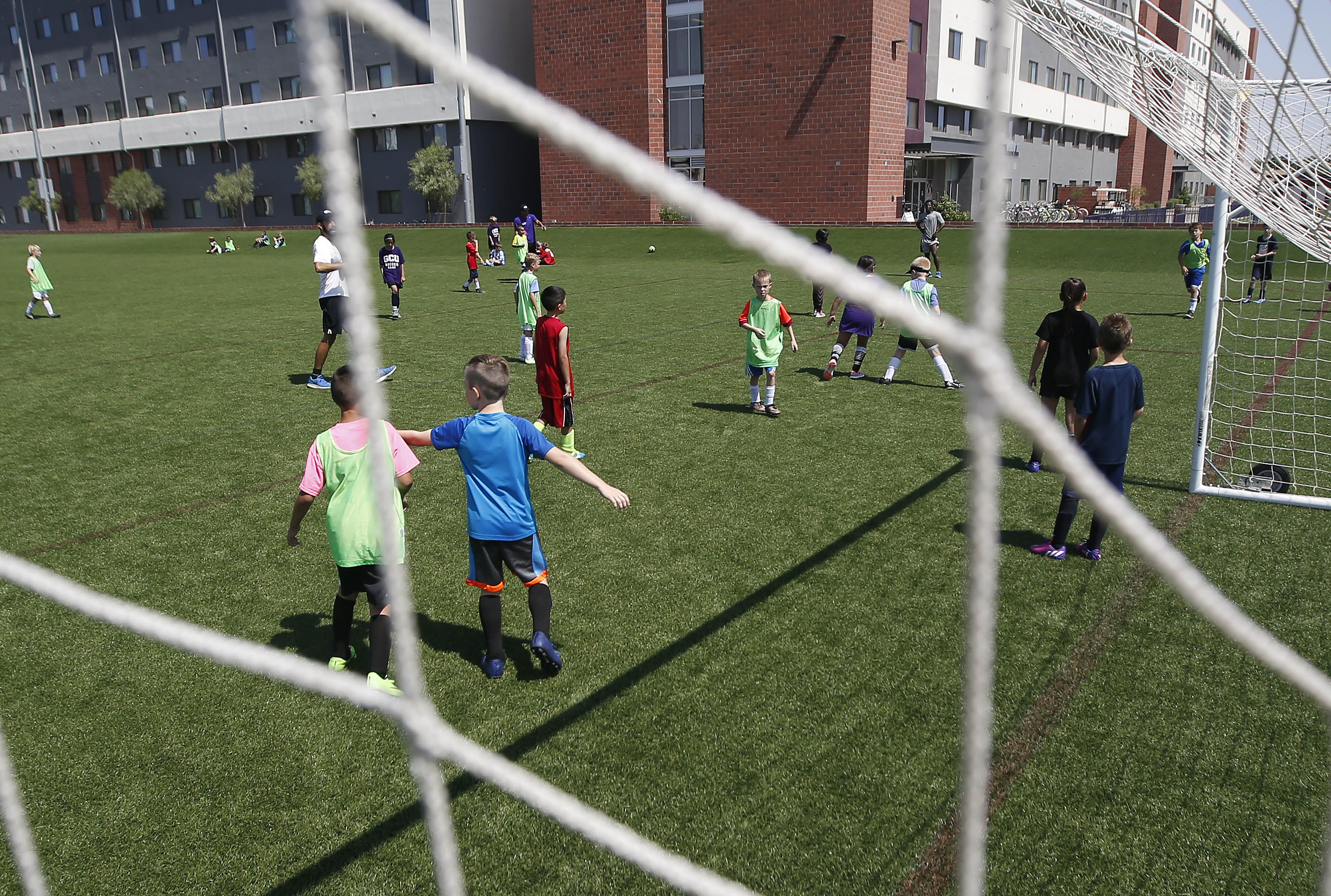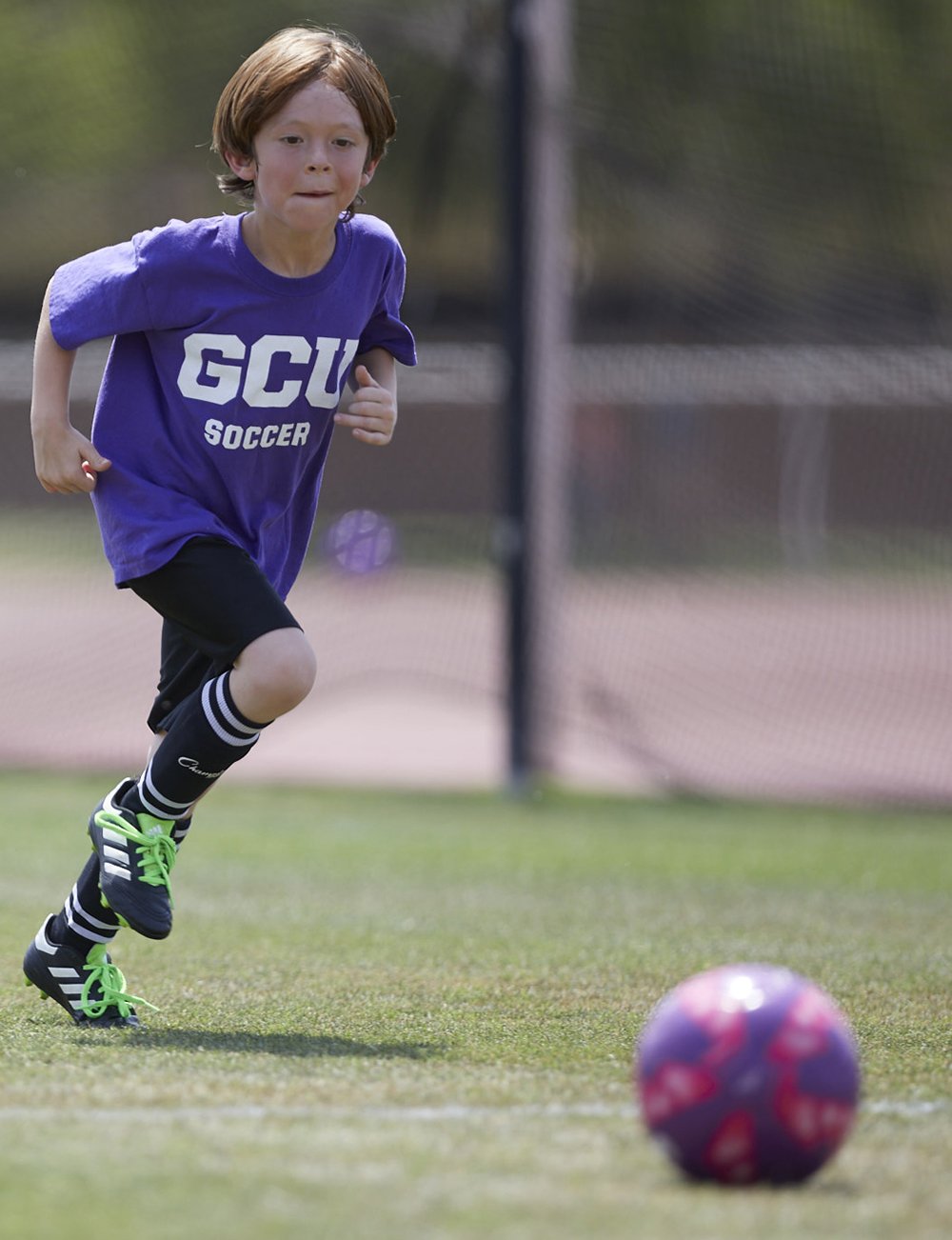
Fifth in a nine-part series on GCU academics
Story by Lana Sweeten-Shults
Photos by Mathew McGraw
GCU News Bureau
Dr. Janet Brelin-Fornari glances at a photo in her office – one of the treasured things she brought with her to Arizona from her home in Flint, Mich.

“This picture used to be in my father’s office. … He passed away three years ago, and so I’ve had that (photo) in my office as part of my dad being with me,” said Brelin-Fornari of the image of a ship on an icy Lake Huron bringing coal to the power plant where her father worked.
“The power plants are coal-powered, and they have to be along a water source for cooling. So the ship that’s in the photo is one of the last ships for the season to come in with coal.”
Brelin-Fornari’s father, a power plant superintendent, used to take her with him to work when she was younger. She would be fascinated by the enormity of the power plant, the 20-story-high boilers that generate the steam to drive the energy systems, and how this great system of energy functioned.
She’s still beguiled by how things work and brings that passion with her to Grand Canyon University as the new associate dean of engineering.

She and Dr. Richard Mulski, the new assistant dean, arrived on campus this summer to lead the College of Science, Engineering and Technology’s Engineering Department, which graduated its first engineers this spring.
Brelin-Fornari said she always excelled at math and the sciences and planned to be a math teacher.
“My dad was like, you know what? Just try engineering.”
She did and hasn’t looked back.
Brelin-Fornari was a co-op student as an undergraduate, working at General Motors while also completing her undergraduate degree in mechanical engineering at the University of Nebraska. By the time she received her degree, she already had racked up a year and a half of experience at GM, though she didn’t really want to work in the auto industry.
“I really liked airplanes,” she said. “All of the companies I interviewed with were all aerospace or aeronautical.”
But GM encouraged her to give the company a chance, so she interviewed with a group that was the engineering support for product liability lawsuits brought against the company.
She told GM, “You know what? I really don’t want to work with cars, but if I could work with that group, I’ll come to GM,” which was what she did.
She served as an expert witness for product liability lawsuits against GM and did collision analysis and accident reconstruction.
“It was in those cases that I saw children getting injured, fatally injured, especially in the backseat.”
And so it has been Brelin-Fornari’s mission to improve safety in vehicles for children.
“When I ended up obtaining my Ph.D. and deciding I wanted to go into academia, I figured I wanted to do pediatric crash safety.”
It was part of the reason she moved into academia – to be able to choose her research path. Working in industry, Brelin-Fornari said, “They’re kind of telling you where to go.”
She taught at the University of Arizona, where she received her Ph.D. thanks to support she received from a GM Fellowship. She then moved on to Kettering University in Flint (formerly General Motors Institute), where she taught for 20 years and also served as the director of the university’s Crash Safety Center and its Center for Integrated Learning Experiences.
“When I was an expert witness, I liked the aspect of teaching a jury – teaching other experts,” she said. “When you got into the courtroom, you were teaching a jury, taking complex engineering issues and breaking them down so a jury could understand. I enjoyed doing that.”
She brings that teaching passion with her to GCU, where she embraces the opportunity to work with a new engineering program and what she considers “top notch” faculty.
“They’re dedicated to what they do here, and I was taken by that.”
As the associate dean, she looks into faculty development, research and teaching and puts together what the engineering program will look like.
She also continues advocating for pediatric crash safety, working closely with the child seat industry.
For the last eight years, she has worked with the National Highway Traffic Safety Administration in developing a side-impact standard for child seats. She’s hoping a federal standard will be in place this year.
“It’s going to be an exciting time,” she said.
Dr. Richard Mulski
It’s an exciting time, too, for Brelin-Fornari’s fellow leader in the Engineering Department, Dr. Richard Mulski.
While Brelin-Fornari built a career in the auto industry, Mulski did the same in the aerospace industry.

“I always liked aircraft, even when I was young. I would put together models of aircraft and put them up in my room,” said Mulski, who grew up in Seaford, N.Y.
His first post-college job was for Chromalloy Research & Technology, where he was a laser systems engineer. He programmed a five-axis cutting laser used to cut, weld and drill aircraft engine parts made of super alloys, such as titanium – “real tough stuff that you can’t cut with a normal kind of cutting tool,” he said.
He also worked for Sikorsky Aircraft in Connecticut, a division of United Technologies, which makes the Black Hawk helicopter, then landed a position at his dream company, Boeing, for its defense and space division in Delaware.
It was at Boeing where he was involved in the Bell Boeing V-22 Osprey program. The aircraft takes off vertically and has blades that articulate down so that the aircraft becomes a fixed-wing aircraft.
Mulski also has worked for Dassault Systemes and RAND Worldwide.
After 20 years in industry, Mulski made a big shift in his life by becoming a high school career teacher, following in the footsteps of his father, a shop teacher and high school principal.
“I had young children at the time. I was on the road three weeks out of the month and did that for six years. It was a career change to spend more time with my children,” Mulski said, though like Brelin-Fornari, he also wanted to become an educator.
Before GCU, he worked at Delaware Technical Community College as an instructor and department chair, overseeing the college’s engineering programs.
Mulski is in charge of GCU Engineering Department's operations, making sure the program is efficient and meeting its growth targets.
He’s excited, he said, about how the University integrates business and engineering as the new Innovation Lab gets going in the Engineering Building – a maker space to develop business ideas, including engineering ideas.
“I really like the institution’s business focus. It fits kind of the way I go.”
After meeting with some of GCU’s engineering students, Mulski said, “I’m very impressed by the students I spoke to. … They all have jobs – internships – and they all have great soft skills. I would be very comfortable putting any of them in front of an employer.”
When Mulski was a high school teacher, a big part of his role was placing pre-engineering students in jobs. So like GCU, he’s very job-focused when it comes to students and feels as if he has found a good fit here, not only when it comes to industry, but when it comes to the University’s Christian worldview – something “I wasn’t able to discuss in the places I worked,” he said.
“I almost feel people get put in your life at certain times. It can’t be coincidental. It (GCU) seemed like a really good fit, and it just happened at the time I was looking to make a change.”
He’s excited, too, about what’s to come for GCU engineering – growth beyond CSET’s current mechanical, electrical and biomedical engineering options and the current engineering technology offerings.
“We’re going to be doing things to get ready so we can scale these programs effectively and build out. We’re thinking about what we need to do to scale it right now and to fully utilize this building and the people that are here, and that’s what I really am excited about.”
GCU senior writer Lana Sweeten-Shults can be reached at [email protected] or at 602-639-7901.
****
Related content:
GCU Today: First graduates complete the engineering circuit
GCU Today: Engineering, tech students showcase their ingenuity
GCU Magazine: Faith and science purposefully coexist at GCU

